How to grow marihuana with coco coir
List of contents
Today, coco coir is the favourite substrate of many growers for growing cannabis, either indoors or outdoors. Although it is mainly used by experienced farmers, growing with coco coir is easy if you follow a few basic steps. Using EC and pH meters is almost mandatory if you choose this media, since you have to carefully check this values before watering your plants. In this post we tell you a few tips to successfully harvest your plants with coco coir.
All the pictures you’ll see were taken from Amnesika 2.0 crops, both in pots and coco slabs.
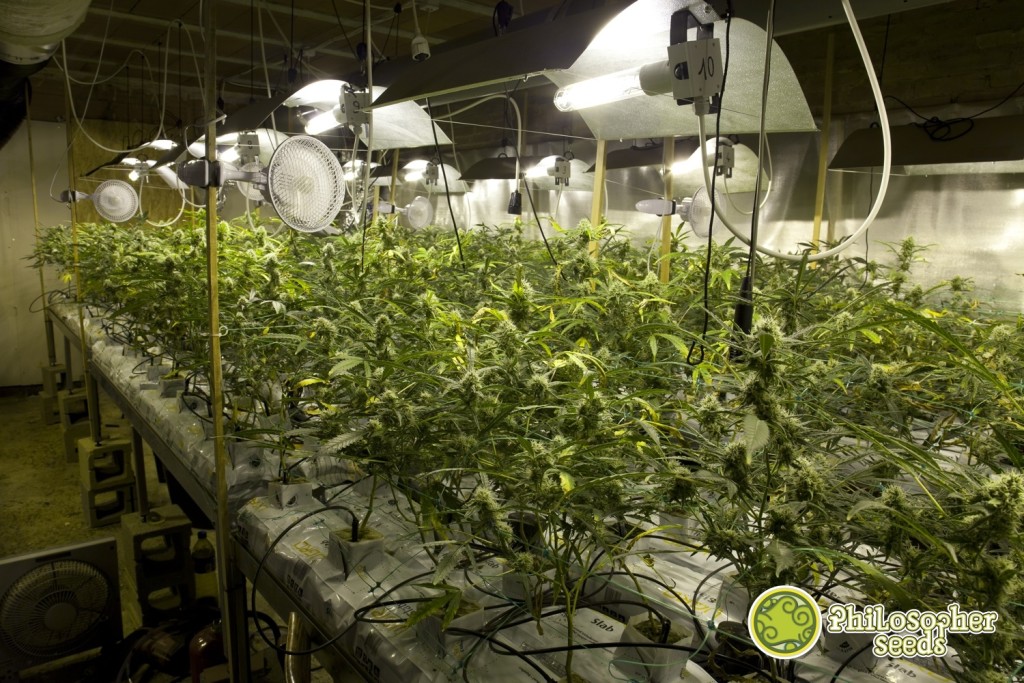
What is coco coir?
Coco coir, or coir, is a natural fibre extracted from the husk of coconut trees and represents 35% of the seed. During decades, it became a major concern in countries like India or Sri Lanka, where the husk of the seeds was piled up creating a perfect environment for the reproduction of insects and rodents. Today, this residue is washed, dehydrated and pressed into bricks, thus getting a cheap, light and efficient growing media.
We normally find 3 types of coco coir: coco dust, fibres and bricks. The most used one in Europe is coco dust.
Coco is an inert substrate so we must pay close attention to the feeding schedule for our plants. In this way, if we are using pure coco coir we can talk about hydroponic techniques.
[caption id="attachment_8387" align="aligncenter" width="1024"]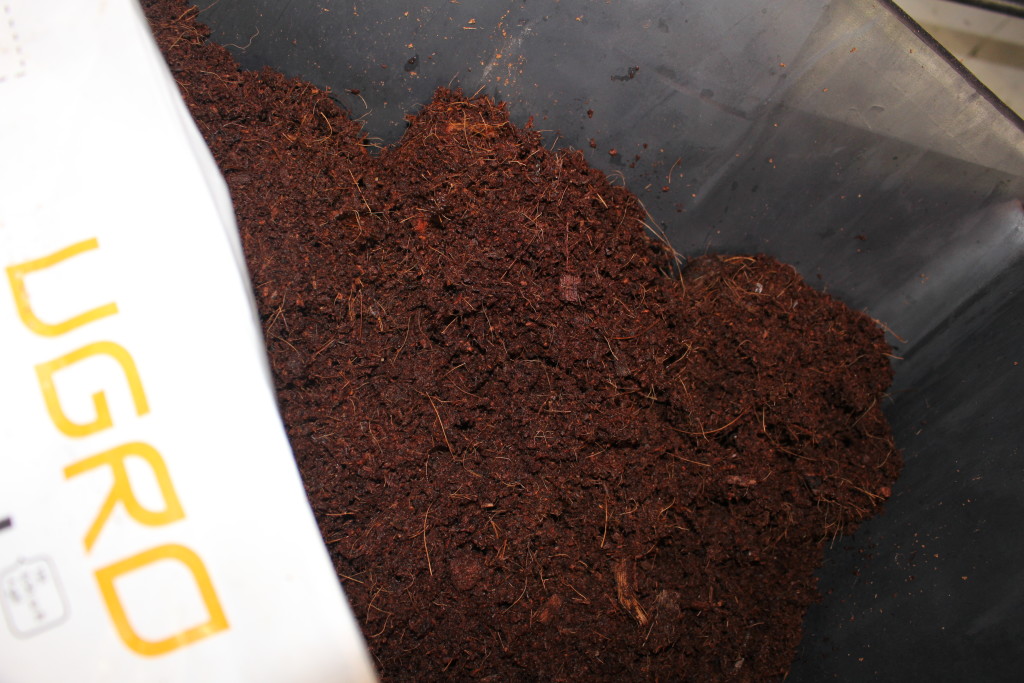 Coco dust ready to be used
Coco dust ready to be used
Advantages of growing with coco coir
[/caption]
The main feature of this substrate is its perfect water retention level and excellent oxygenation of the roots. This allows the plant to grow more vigorously and thus produce more flowers. Indeed, yields with coco coir are superior and some growers even claim that it shortens a few days the flowering period of plants.
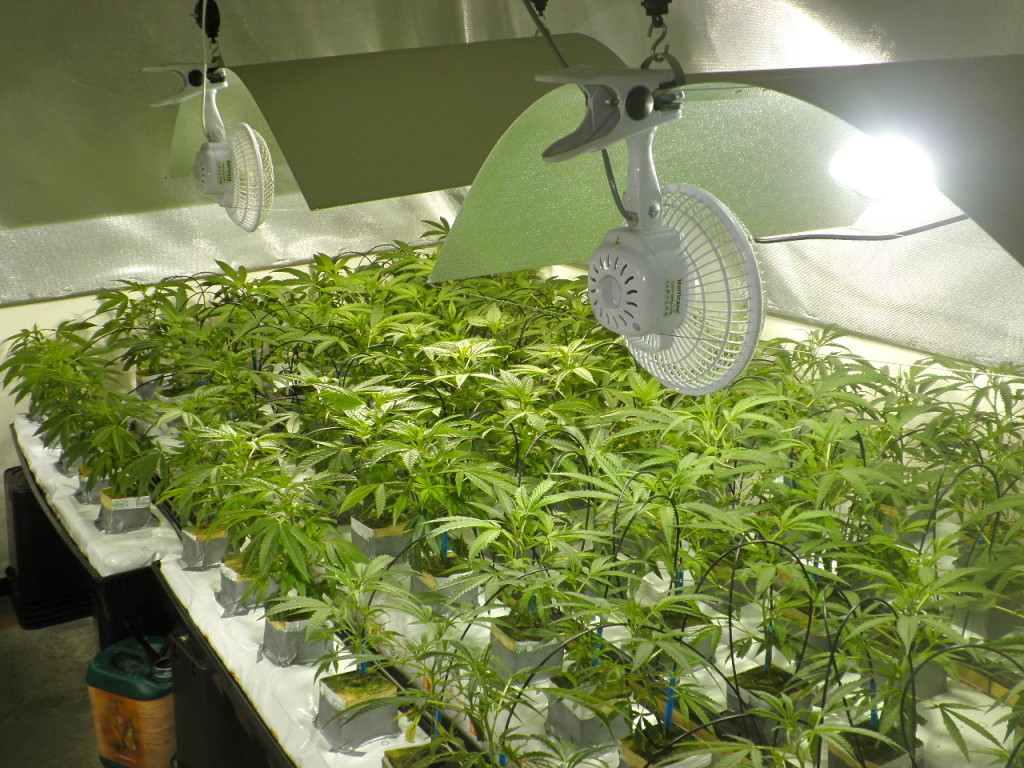
We’ll normally use smaller pots than those used with organic soil, getting the same results – or even better.
We can also use coco slabs, which come filled with coco coir so we just have to plug our plants and make a few holes at the bottom of the slabs to improve drainage. Slabs are practical and clean, since you don’t even touch the substrate at any time, and are ideal for using the SOG technique.
Another main advantege of coco coir is that it is reusable; we have successfully performed 3 crops with the same substrate and without problems.
Growing cannabis indoors with coco coir
Coco coir is formed by micro-sponges that can absorb up to 9 times their weight in water without losing its oxygenation capacity. This makes it perfect as hydroponic growing medium, also to mix it with soil and get a softer and lighter substrate.
Strains like Black Bomb, Orange Candy / Naranchup, Heaven’s Fruit, Sugar Pop or Amnesika 2.0 are strains that perform much better when grown with coco coir.
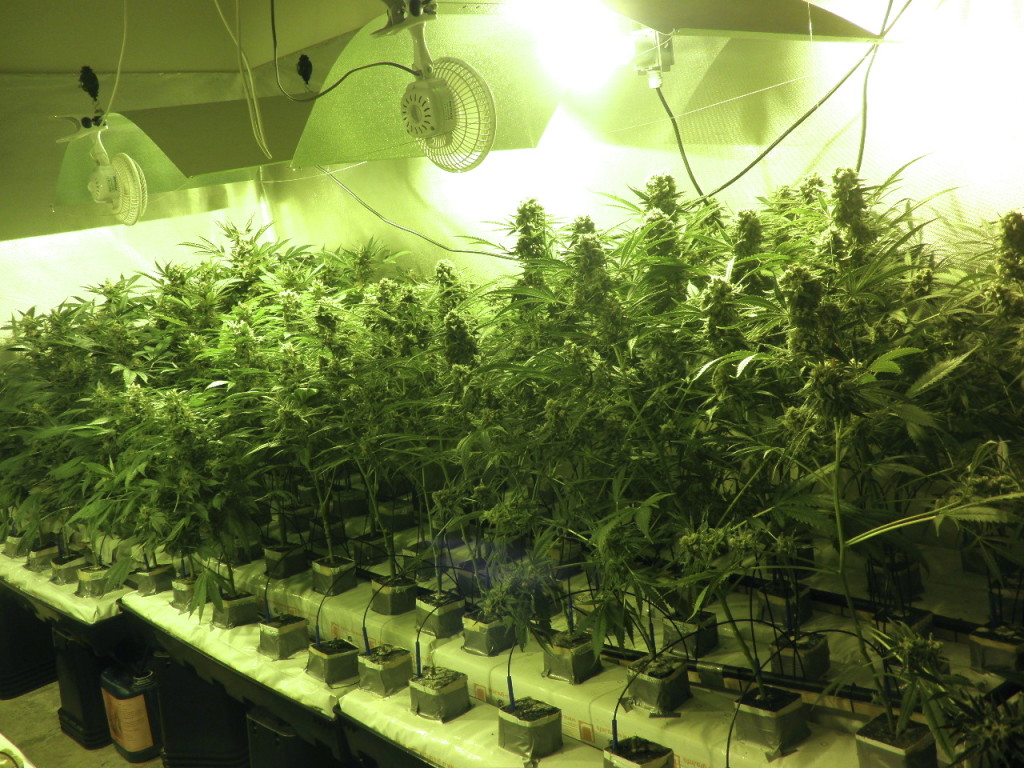
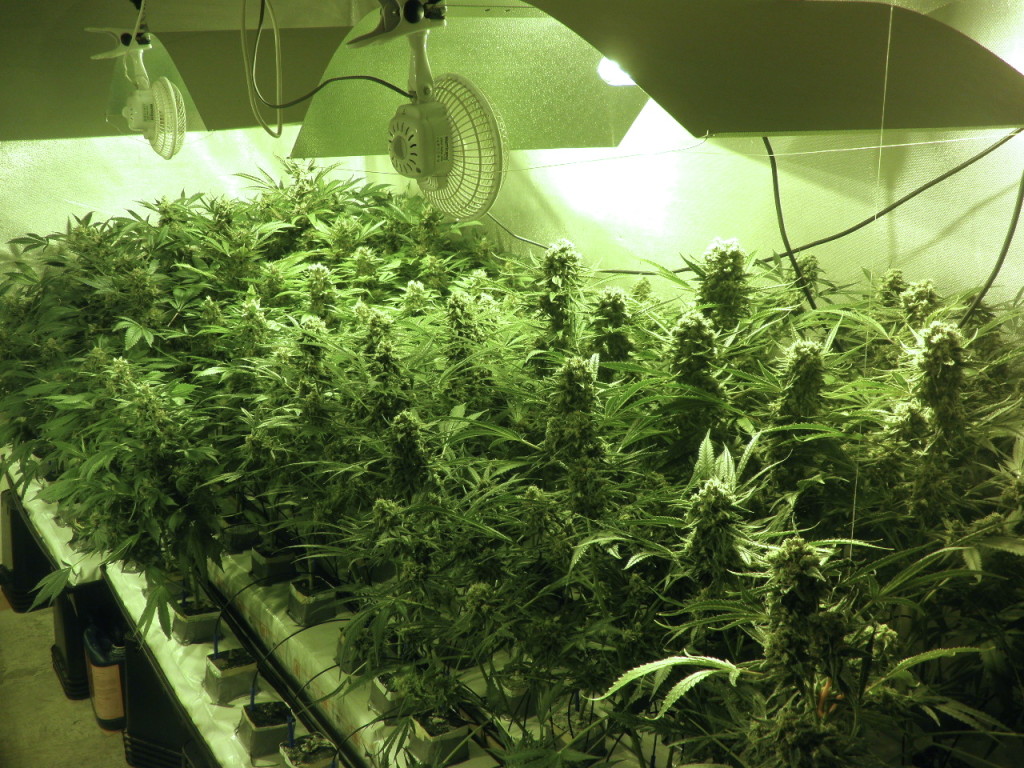
It has high contents of lignine, which promotes the presence of microbial life like Trichoderma, which creates a perfect symbiosis with the roots of the plants.
As we already mentioned, we don’t need large pots when using coco. Plants get bigger and grow more vigorously with this substrate, something to keep in mind especially if growing indoors. While we won’t have much problems with Indica strains, Sativas can grow too vigorously, so a very short growth period is advised when using mostly Sativa híbrids.
Depending on the number of plants per square meter, removing the lower branches is recommended to promote a single main cola or to enhance production on the tops of the plants.
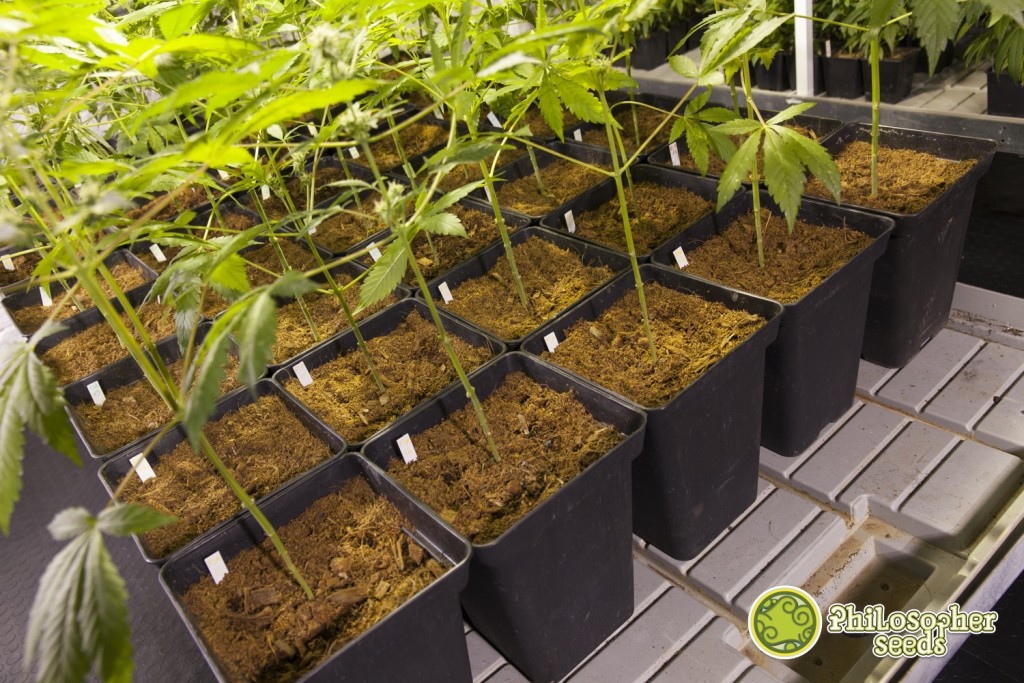
pH and EC for growing cannabis with coco
Getting the correct and stable pH value is essential when using coco, since plants need accurate values for proper nutrient uptake. Here you have a table adapted to all Philosopher Seeds hybrids.

Rehydrating coco bricks to grow cannabis
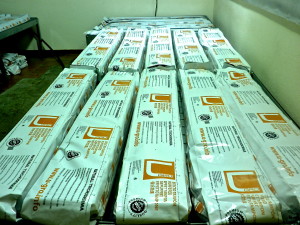
Coco is often sold as dehydrated pressed bricks, which are great because they are light, discreet and compact. The first thing to do is rehydrating the pressed substrate, soaking the bricks in a container large enough for the final volume of the substrate (it can easily quadruple its volume once hydrated). Generally, we’ll adjust the pH level of the water used to hydrate the bricks at 5.0-5.2, since most coco coir on the market is too alkaline for growing marijuana and we must lower its pH value a little bit.
When the substrate is spongy we can fill our pots. Some growers mix 90% coco with 10% perlite. When hydrating coco slabs, just make a small hole and soak them or use a hose to fill it with water. Wait some minutes and check the texture, which should be soft, spongy and moisturized.
How to water and fertilize cannabis plants with coco coir?
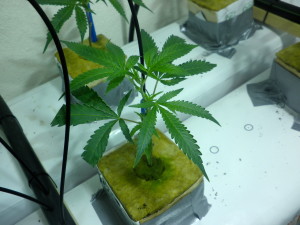
The high absorption capacity of coco allows an extremely vigorous growth of plants. The ideal would be to perform several waterings per day, so using small pots and automatic irrigation systems is recommended for best results. Of course, we can also water our plants manually, but we’ll get better yields - and have less work to do - if we use an automated system. Water the plants until you see the pots draining. Stop the pump at this moment and now you know the exact irrigation time. Wait until the surface of the substrate is dry to water the plants again, which is easy since coco becomes clearer when dry. Now we know the time between waterings. You can increase this time with the lights turned off, or even not water your plants at all during the night period. Roots grow healthy and vigorously with this system!
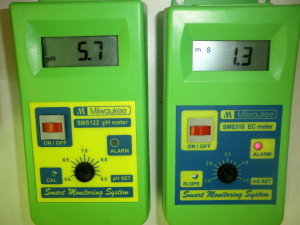
Since coco coir is an inert substrate, we need to use fertilizers from the start. There are plenty of different nutrients for coco on the market today, even organic fertilizers. We can find base nutrients, root stimulators, bloom enhancers, PK boosters, enzymes,etc.
We always recommend to check the pH and EC values of our nutrient solution when using this substrate, since plants depend on the nutrients we are providing and need certain values to grow properly.
The softer the water we use, the better, since in this way we can add more nutrients to our solution. An initial EC value of 0.4 would be perfect.
Add nutrients to the water until reaching the desired EC level. We recommend 1-1.5 for growth and around 2 during the bloom phase. Depending on several factors – genetics, growing conditions, etc. – these parameters may vary.
We’ll also flush the roots of our plants regularly to avoid any kind of overfeeding or nutrient accumulation on the growing media. Water your plants abundantly with tap water every 15-20 days and check the EC level of the drainage water.
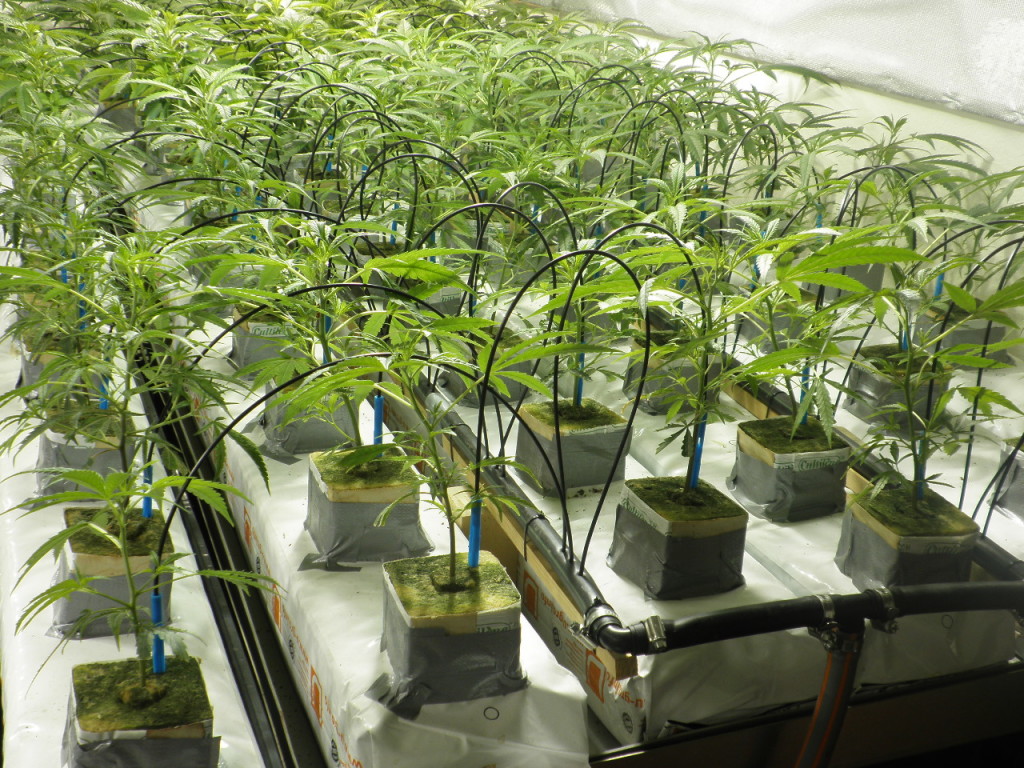
Also, flush your plants at the end of the flowering stage as you would do with any other type of substrate.
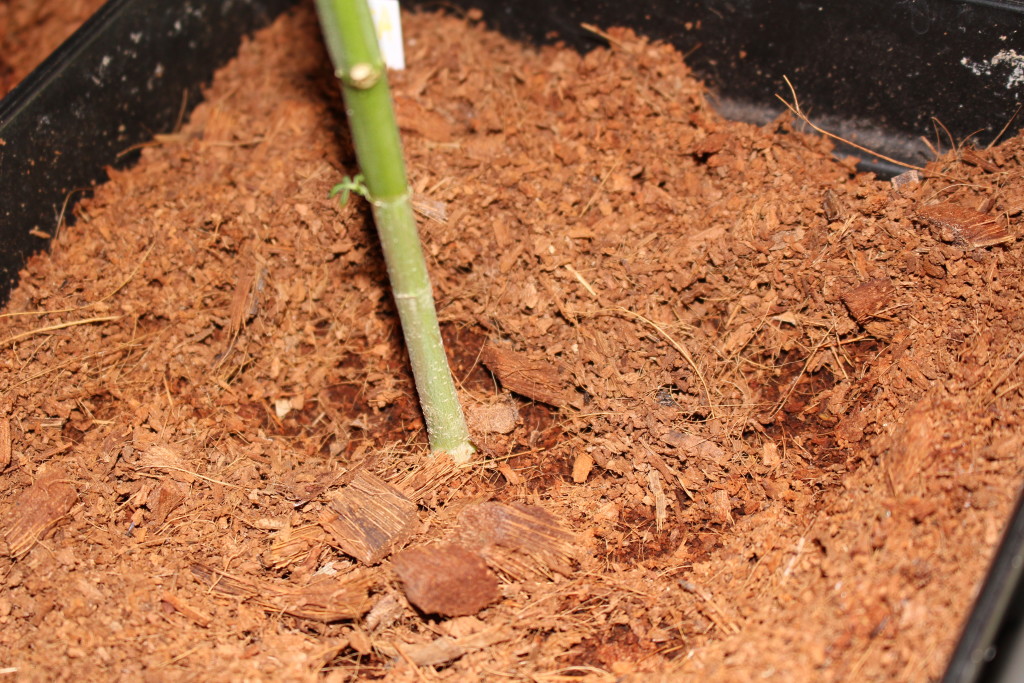
Growing marijuana outdoors with coco coir
This growing media is also suitable for outdoor crops, achieving similar results than plants grown directly in the ground. If you can only grow in containers, coco coir is an excellent option.
It should be used in the same way than indoors, but we must pay attention to rains, which will flush our coco and leave our plants with no nutrients. If your climate is rainy, cover the surface of the substrate with plastic or something similar so you know exactly what is happening in the root area. Also, remember to use stakes to avoid damage from strong winds.
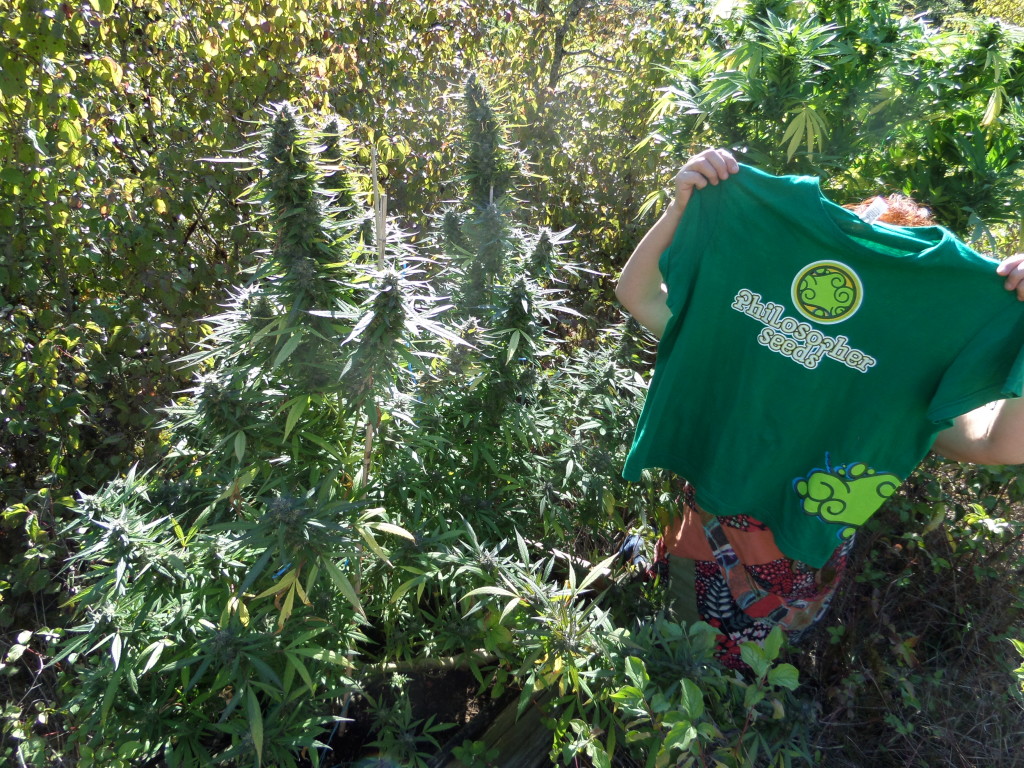
If you have any doubt or comment in regard with coco coir, please leave a comment here and we’ll be pleased to reply it!
All our best vibes!






